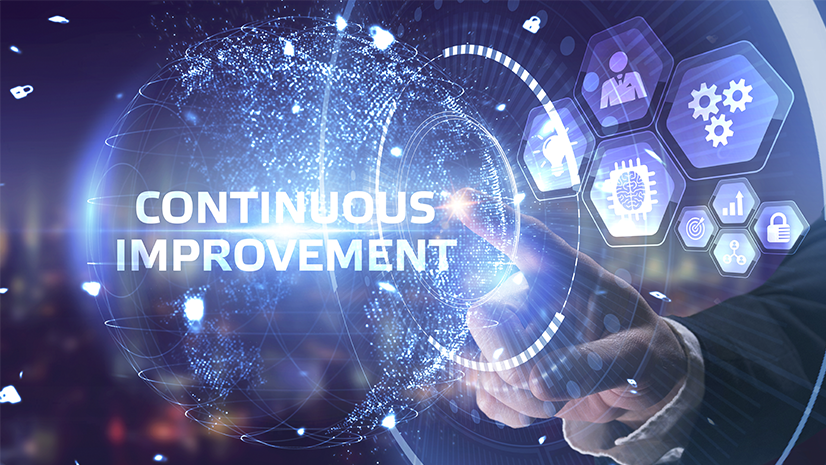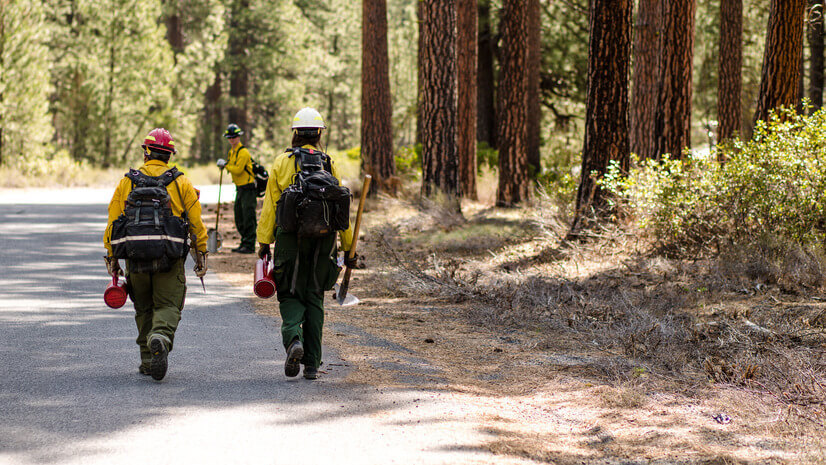
Providing broadband access throughout communities often solves only half of the digital divide need in society. For many, the ability to leverage the power of connectivity in their daily lives is not something everyone knows how to do and digital literacy training is needed.
The Hawai`i Broadband Digital Equity Office (HBDEO), part of the Department for Business, Economic Development, and Tourism (DBEDT), works tirelessly to bring digital equity resources to the people of Hawai`i. While HBDEO is based on Oahu, their constituents live throughout the state, in small towns, rural locations, and often separated by oceans and mountains. With six major populated islands, each geographically unique, many different solutions to outreach and provide hyper-local community engagement have been developed.
By leveraging a grassroots community network of over 300 organizations and 600 individuals, known as the Broadband Hui, the HBDEO is now capable of rolling out popup events, digital literacy classes, and networked support across the islands. Through this work, the team realized they needed an additional resource in their efforts to improve digital equity; they needed a concise, easy to manage database of what was being done throughout the community. The HBDEO had no way to easily show the local and federal leadership where efforts were concentrated, what communities may need more support, or what types of programs to support in the future. At the end of 2022, the HBDEO began working on the Hawai`i Digital Equity Mapping project.
The Challenge
While working to provide digital literacy training, a key challenge was identified. Communicating the work that they do across the State of Hawai`i, including the funding source, location, and number of attendees at each event, was not a simple task. Hawaii County needed a tool to easily display past activities, accurately record those activities once they were completed, and use that information to plan future work. Prior to design and implementation of the Hawai`i Digital Equity Mapping tool, they relied on spreadsheets, individual knowledge, and emails from partners to confirm activities and keep track of all partners work.

Many of the community partners planned and orchestrated their own lessons and popups, and all struggled to keep an accurate tab on what was happening across the state. Leaders were concerned about redundancy, and knew that they were not always offering programs to the rural or hard-to-reach communities outside of the major population centers. The HBDEO team realized that a centralized, detailed record would hold a lot of value, allowing them to track their work and progress over multiple years. They set out to build a tool that would record and display geographically accurate information that could assist in planning efforts and be easily shared with state leadership and citizens.
The Solution
Leveraging ESRI’s ArcGIS Mapping Software, HBDEO began the design of a public-facing story map with information collected, through the self-reported Survey123 format. Their survey gathers information on the type of event, specific location, host organization, and funding source for digital equity events. The alpha launch feedback showed it was a resounding success, and led to the current 1.0 build of their mapping tool used to generate nodes on a basemap of Hawai`i.

Each node includes specific data with analytic data such as event turnout, device distribution metrics, photos, and promotional materials. Each node is validated by their internal team, confirming the event for upload. The map itself is a node-based heatmap of all the events that community partners and HBDEO have completed, with further layers of local free-wifi hotspots such as libraries and the ACP/ALICE data per region released by the Federal Communications Commission.
Community Partnership
While their community network is quite large, two community partners dedicated a great deal of their time and resources to the project.

The `Auamo Collaborative is a non-profit organization focused on digital equity, especially amongst Native Hawaiians, and has been with us every step of the way. The `Auamo Collaborative maintains a special focus on digital and data sovereignty, or the ability to retain community independence and knowledge stewardship while accessing critical broadband service. Their previous ArcGIS mapping initiative inspired this solution, and they assisted in the design and implementation.
Hawai`i County is another close partner in our mapping initiative and has established a digital equity team inside the county office of Research and Development. They have taken proactive steps to address the growing digital divide by establishing the Hawai`i Island Digital Equity Coalition (HIDEC). This community based broadband action team aims to empower the local community by providing a network of individuals and organizations who assist in providing essential online resources and digital literacy opportunities. HIDEC helped them realize where blank spots were, and assisted in survey design and beta testing. They generously uploaded their digital equity outreach event data while we were still designing the particulars of our Survey123 and ArcGIS mapping tools.
The Results

“Our office is engaged at the hyperlocal level across the state, with both the Broadband Hui and our in-person events used as tools to share information and resources to support our communities as equal partners.” Amber Ternus, State Digital Equity Coordinator

With over 275 unique events currently recorded on their mapping tool, the Hawai`i Digital Equity Mapping project has been an enormous success. They now have a direct, up-to-date record of digital equity popups and events all across the islands that is updated in real time, allowing them to see events as they happen. Having access to this data has tremendously improved their workflow and has been a critical component in gaining further resources for bridging the digital divide, as they are now able to track measurable outcomes via a results-oriented visualization.
They are also able to see where problem areas exist, places where they have not yet done the outreach necessary to support digital literacy in communities. The team looks forward to developing analytics with their survey data to discover what programs work best for which communities, further improving community outreach and bringing digital equity to the people of Hawai`i.
Resources
Learn more about the DBEDT – Hawaii Broadband & Digital Equity Office
Learn more about Esri in Telecommunications




